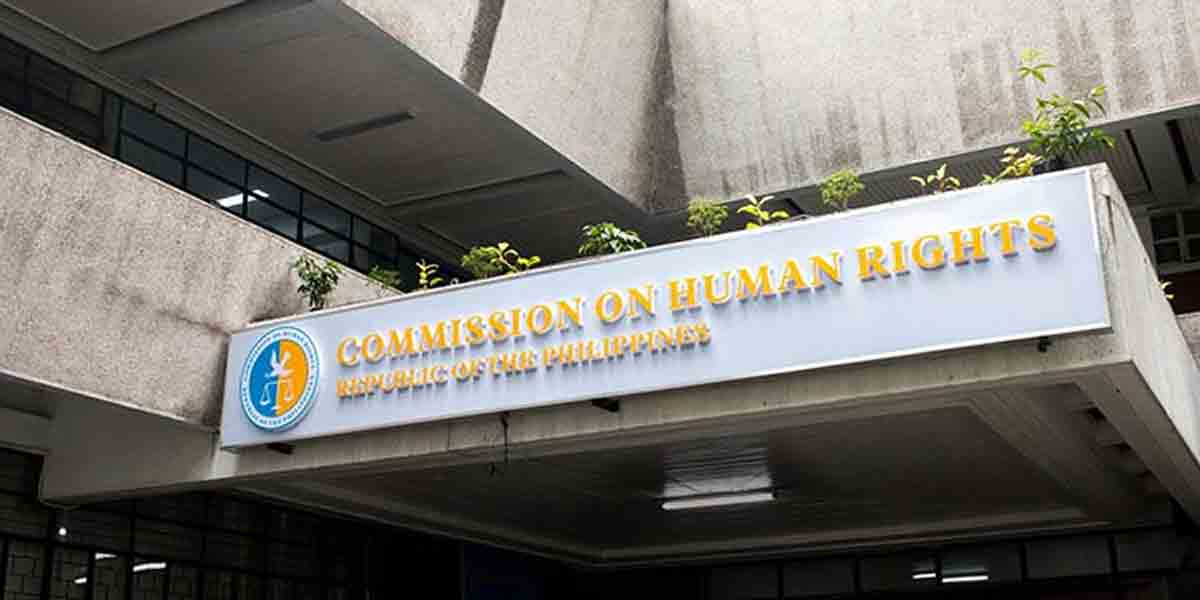The Philippines registered a balance of payments (BOP) surplus of $88 million in August 2024, reversing the $57 million deficit recorded in the same period last year, according to the Bangko Sentral ng Pilipinas (BSP).
The surplus was driven primarily by inflows from the BSP’s net income from its investments abroad.
BOP, a critical measure of a country’s financial transactions with the rest of the world, includes imports, exports, foreign investment, and remittances.
A surplus occurs when inflows of foreign exchange exceed outflows, indicating that the country is accumulating more reserves than it is spending.
For the first eight months of 2024, the cumulative BOP surplus stood at $1.6 billion, lower than the $2.1 billion surplus reported during the same period in 2023.
The decline reflects a narrowing trade deficit and sustained net inflows from remittances, foreign direct investments (FDIs), and foreign borrowings by the National Government (NG).
According to preliminary data from the Philippine Statistics Authority (PSA), the trade deficit for January to July 2024 decreased to $29.9 billion from $31.8 billion in the same period last year.
The country’s gross international reserves (GIR) also rose to $107.9 billion as of the end of August 2024, up from $106.7 billion in July.
The BSP highlighted that this level of reserves provides an external liquidity buffer sufficient to cover 7.8 months of imports and payments for services and primary income.
Moreover, the GIR is about six times the country’s short-term external debt based on original maturity and 3.8 times based on residual maturity, ensuring the Philippines has adequate funds to meet its international obligations.
Gross international reserves (GIR) refer to the total foreign currency holdings and other assets held by a country’s central bank or monetary authority, which are readily available for financing balance of payments deficits or intervening in foreign exchange markets to support the national currency.
These reserves generally include foreign currencies, gold, special drawing rights (SDRs) from the International Monetary Fund (IMF), and other reserve assets.
The GIR serves as a buffer to ensure that a country can meet its international financial obligations, such as paying for imports, servicing foreign debt, or managing currency fluctuations. It provides confidence to investors and trading partners that the country can handle external shocks and maintain stability in its economy.
The GIR is a key indicator of a country’s financial health, representing its ability to meet foreign obligations and stabilize its currency when necessary.
Remittances from Overseas Filipino Workers (OFWs) remain a vital contributor to the country’s BOP, providing a stable source of foreign exchange.
The service sector, particularly the business process outsourcing (BPO) industry, has also played a critical role in strengthening foreign exchange inflows.
The BOP surplus and rising GIR levels are crucial indicators of the country’s financial health, particularly in times of global economic uncertainties.
GIR serves as a cushion against external shocks by ensuring the country has sufficient reserves to pay for imports and settle debt even in extreme conditions when foreign exchange sources may dry up.
In 2023, the country’s BOP performance had fluctuated due to external pressures, including the global inflationary environment and volatile energy prices.


















